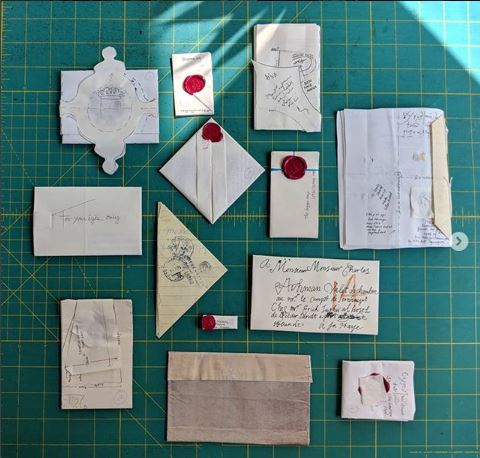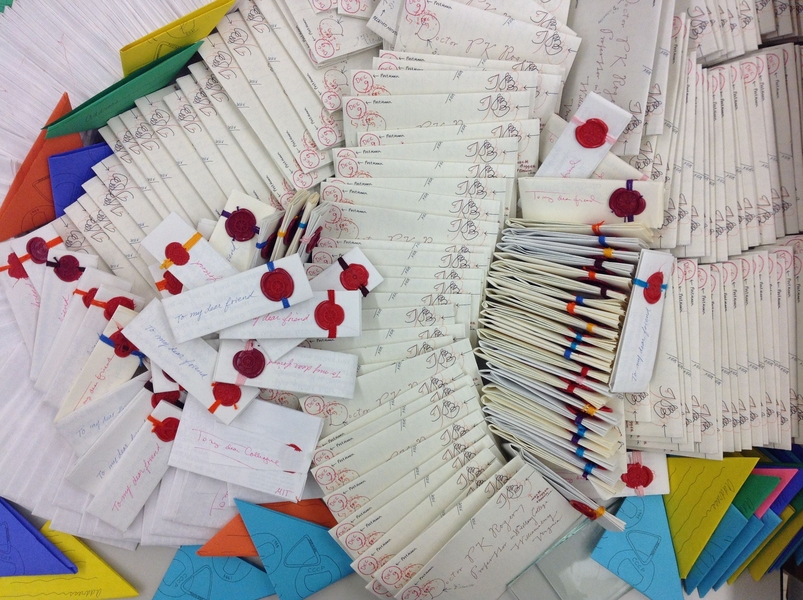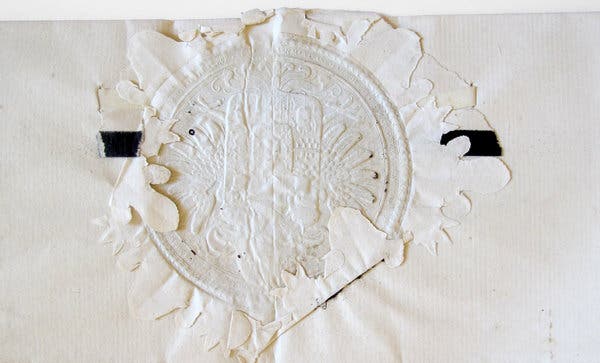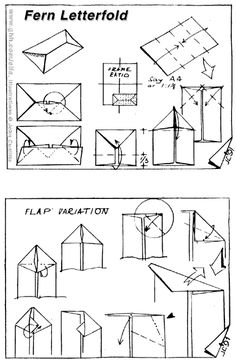Do you still have any old letters? Perhaps they are old love letters? People tend to like to keep those around for momentos. It’s an old cliche, but it’s true for more than just love letters. We do love to keep letters around to save the memories. The strange thing is that we can easily keep all our emails for a long time.

The idea of having something physical you can touch and cherish is very important to us, but what happens if those things can’t last forever? Just take an old record for example. After a certain point, no matter how much care was taken for them, they wear out. That’s true of everything.
Those letters in your shoe box will one day wither and fall apart. That will happen even quicker the more you read them. In fact, you might want to use the same methods as scientists, because they were able to recently look inside a sealed 300 year old letter and read it without disturbing the fragile paper.
The last thing you would want to do if you were a scholarly researcher is instantly destroy the precious artifact you are entrusted with. That’s why it’s amazing that these researchers used a technique that would allow them to read a sealed 300 year old European letter without damaging it whatsoever. What exactly was inside this mystery letter? The mundanity might surprise you.

The letter is from July 31st, 1697, according to the date written on it. In the letter, one Jacques Sennacques is writing to his cousin Pierre La Pers asking for their cousin’s death notice. The letter’s contents are obviously not the draw of this discovery. The reason why this is so noteworthy is because of the technique used to read the letter. It could open up all new doors for reading antiquated letters and documents.
The remarkable thing about this letter is the technique that was used to lock the envelope. It was known as “letterlocking.” This was done to secure the letter, kind of like a password. Once the letter is opened, it will rip, which means it was tampered with. Jana Dambrogio was part of the team that unlocked the letter. She said, "Letterlocking was an everyday activity for centuries, across cultures, borders and social classes."

A team of researchers from several disciplines all worked together to use x-ray machines commonly used for dentistry to scan the letter to see exactly how it was folded and made. After that, a computer was able to create images of what was inside the letter, as well as its creases. The team said, "Virtual unfolding is a computational process that analyzes CT scans of folded letterpackets and creates a flattened image of their contents. Our virtual unfolding pipeline generates a 3D reconstruction of the folded letter, a corresponding 2D reconstruction representing its flat state and flat images of both the surface ... and each letterpacket's crease pattern."
Using computers to scan different documents like books and scrolls have been used before, but in those cases there were usually only one or two folds. The letterlocking used was far more complex than that. This letter was part of the Brienne Collection. That collection contains 577 letters and belonged to a postmaster. The success of this letter means there are more treasures to unearth. The study reads, "One important example is the hundreds of unopened items among the 160,000 undelivered letters in the Prize Papers, an archive of documents confiscated by the British from enemy ships between the 17th and 19th centuries. If these can be read without physically opening them, much rare letterlocking data can be preserved."

The team is excited to continue onward, especially since these locked letters must have been locked for a reason.